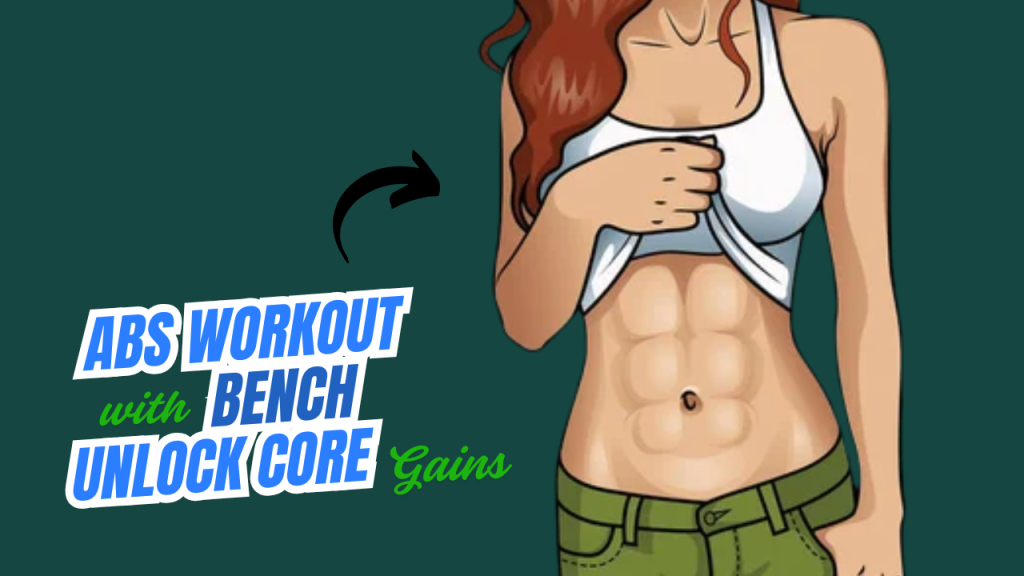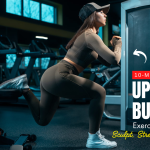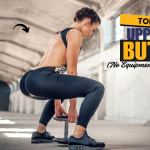What if we told you that the same bench you use for chest presses could be your secret weapon to sculpt rock-solid abs?
Yes, that flat, often-overlooked gym bench isn’t just for dumbbells—it’s your gateway to core definition, stability, and functional strength. When leveraged right, a workout bench becomes one of the most versatile tools for targeting your abs from every angle.
Whether you’re a beginner or a seasoned athlete, integrating a bench into your abs routine opens new dimensions of core training. Let’s uncover how to do it effectively—and why you’ve likely been underestimating this gym essential.

What Can Happen After 30 Days of Abs Workout with Bench?
| Result | Explanation |
|---|---|
| Improved Core Strength | Expect better control, posture, and stability in daily movements and workouts. |
| Increased Muscle Definition | Visible toning of the abs, especially if paired with a clean diet and cardio. |
| Better Mind-Muscle Connection | You’ll learn to activate your abs more effectively during other exercises. |
| Enhanced Balance & Stability | Plank and twist variations train stabilizing muscles, improving coordination. |
| Reduced Lower Back Pain | Strengthening the core can help relieve pressure on the lumbar spine. |
| Improved Posture | A stronger core supports upright posture and reduces slouching. |
| Boosted Confidence | Physical improvements often lead to a more confident and motivated mindset. |
Why Use a Bench for Abs Workouts?
Most people associate ab training with floor-based crunches or machines. But here’s the truth: floor exercises can limit your range of motion and engagement. A bench allows for elevation, decline, and better spinal extension, activating more muscle fibers and intensifying your workouts.
Key Benefits of Using a Bench:
- Increased range of motion for deeper muscle engagement
- Versatility in angle adjustments (flat, incline, decline)
- Stability challenge that activates deeper core muscles
- Great for progressive overload using weights or elevation
Core Muscles Activated with Bench Workouts
Using a bench targets more than just your six-pack:
- Rectus abdominis (front “six-pack” muscles)
- Transverse abdominis (deep core stabilizer)
- Obliques (side abs, responsible for rotation)
- Hip flexors (especially in leg-based movements)
- Lower back (as a stabilizer during many movements)
Top Abs Exercises with a Bench
Below are highly effective abs exercises using a workout bench. Combine these for a complete routine or use them as add-ons to your current core program.
1. Decline Sit-Ups (for Deep Core Contraction)

How to do it:
Secure your feet under the bench pad. Lie back fully and engage your core to lift up, not pulling with your arms.
Why it’s effective:
The decline increases resistance, forcing your core to work harder through an extended range.
Tip: Add a plate or dumbbell to your chest to intensify the movement.
2. Bench Leg Raises (for Lower Abs Focus)

How to do it:
Lie on a flat bench with your hands gripping under the bench for support. Keep your legs straight and slowly lift them until vertical, then lower without touching the bench.
Why it’s effective:
Targets the lower abs and demands control, especially during the eccentric phase.
Interesting Fact:
Lower abs are not separate muscles but part of the rectus abdominis. The difference lies in how you recruit fibers based on movement direction.
3. Decline Russian Twists (for Obliques & Rotation)

How to do it:
Sit on a decline bench, lean back slightly, and twist side to side holding a weight or medicine ball.
Why it’s effective:
Great for building rotational power and trimming the waistline.
Myth Buster:
Doing only side crunches won’t “spot reduce” love handles—but rotational exercises like this strengthen your core’s twisting capacity.
4. Reverse Crunch on Incline Bench (for Deep Lower Core)

How to do it:
Lie back on an incline bench. Hold the bench behind your head for support. Bring your knees toward your chest, lifting your hips off the bench.
Why it’s effective:
Lifting the pelvis engages the lower portion of the rectus abdominis in a controlled manner.
5. Bench Plank with Shoulder Taps (for Stability & Balance)

How to do it:
Place your forearms on the bench in a plank position. Tap your opposite shoulder with each hand, maintaining a strong core.
Why it’s effective:
Activates your transverse abdominis while improving anti-rotational strength.
Do You Know?
Planks train your core to resist movement rather than create it—this is vital for real-world core functionality like lifting and running.
Sample Abs Workout with Bench (20-Minute Routine)
| Exercise | Sets | Reps/Time |
|---|---|---|
| Decline Sit-Ups | 3 | 12–15 |
| Bench Leg Raises | 3 | 10–12 |
| Decline Russian Twists | 3 | 20 (10 each side) |
| Reverse Crunch on Incline Bench | 3 | 12–15 |
| Bench Plank with Shoulder Taps | 3 | 30 seconds |
Rest: 30–45 seconds between sets
Tips to Maximize Your Results
- Perform movements slowly and with control—don’t use momentum
- Exhale on exertion (e.g., when lifting) to engage your core better
- Consistency is key—train abs 3x per week for visible results
- Add progressive overload using weights, reps, or time
Final Thoughts: A Bench Is More Than a Bench
Most gym-goers ignore the potential of a simple workout bench for core development. But by including it in your routine, you not only diversify your ab training but also build a stronger, more functional core.
So next time you’re in the gym, skip the crunch machine and head to the bench. Your abs will thank you.
Frequently Asked Questions (FAQs)
Can I build abs using just a workout bench?
Yes, you can build strong and defined abs using just a workout bench by performing targeted exercises like decline sit-ups, leg raises, and Russian twists. Consistency, proper form, and a healthy diet are also key for visible results.
Is a bench better than the floor for ab workouts?
A bench allows for a greater range of motion, improved spinal extension, and more variation in angles (decline, incline), making it superior in many ways for engaging the core more deeply than floor-only exercises.
How often should I do abs workouts with a bench?
You can train your abs 2–4 times per week depending on your fitness level. Allow at least one rest day between sessions to let your core muscles recover and grow.
What kind of bench is best for ab workouts?
An adjustable bench that can decline is ideal, as it allows for exercises like decline sit-ups and reverse crunches. However, even a flat bench can be used for a wide range of effective ab exercises.
Do I need weights for abs bench workouts?
No, you don’t need weights to start. Bodyweight movements can be very effective. As you progress, adding resistance (like a plate or dumbbell) can enhance difficulty and results.
Will bench ab workouts reduce belly fat?
Ab exercises alone won’t burn belly fat. Fat loss requires a calorie deficit through diet and overall physical activity. However, bench ab workouts strengthen and shape the core muscles underneath.
Are bench ab workouts safe for beginners?
Yes, most bench exercises can be modified for beginners. Start with fewer reps, use a flat bench, and focus on form before increasing difficulty or adding weights.
Can I do these workouts at home?
Absolutely! If you have a workout bench at home, you can perform all these exercises without needing a full gym setup.





